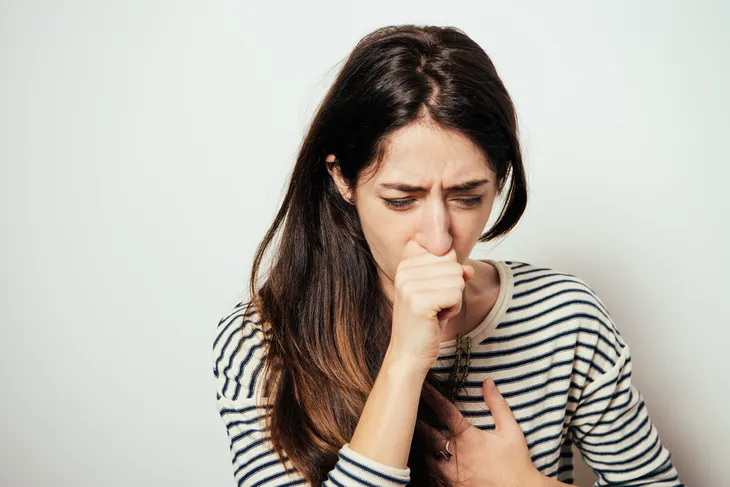A diagnosis of chronic obstructive pulmonary disease (COPD) can raise a great deal of questions and uncertainties. As there is currently no cure and the lung disease is progressive in nature, it is helpful to know what to expect over time.
This is where the Global Initiative for Chronic Obstructive Lung Disease (GOLD) grading system comes in. Developed by the GOLD it distinguishes the different severities of the disease into the following four stages.
Stage 1 – Mild COPD
In stage 1 of COPD—where lung capacity is about 80 percent of normal, it’s possible that an individual may not yet know they have a problem, as symptoms may be so minor that they can often continue doing their day-to-day activities. Any breathing limitations they do experience are often attributed to other causes, such as smoker’s cough; therefore, they rarely seek treatment or quit smoking (the primary cause of the disease).
For those whose symptoms are more pronounced, VeryWell Health says “a persistent cough with the visible production of sputum (a mixture of saliva and mucus)” are commonly experienced.
Stage 2 – Moderate COPD
In stage 2 of COPD, coughing and sputum production become more noticeable concerns, and shortness of breath may occur after engaging in even light physical activity. This is because the lungs are now functioning at only 50 to 80 percent of normal capacity.
As a result, many people in this stage will seek treatment for their symptoms. The Lung Institute says these treatments may include bronchodilators and pulmonary rehabilitation, which are intended to help the individual breathe better.
Stage 3 – Severe COPD
By stage 3 of COPD, Inogen says that the lungs “are only functioning at between 30- and 50-percent of their normal capacity.” As a result, symptoms are far more severe, and can include fatigue, shortness of breath, and frequent exacerbations, which the source defines as “flare-ups where COPD symptoms worsen and last longer, in some cases leading to hospitalization,” that are caused by lung infections or air pollution.
EveryDay Health indicates that steroid inhalers are often prescribed in this stage to “to help prevent symptoms from worsening.” But, as airflow continues to worsen, the lungs become less capable of ridding themselves of harmful bacteria and viruses, leading people in this stage to experience lung infections, such as bronchitis and pneumonia, on a regular basis.
Stage 4 – Very Severe COPD
With lung capacity at only about 30-percent of normal, quality of life for those in stage 4 of COPD is greatly affected. Symptoms are at their most severe and can prove life threatening. In addition to a worsening cough and issues clearing the lungs of mucus, people in stage 4 often struggle to get enough oxygen—which Everyday Health says “starts to affect the heart and circulatory system.” To ensure adequate intake, oxygen therapy is usually prescribed.
Exacerbations also tend to occur more frequently, and COPD.net says they “can be severe enough to require regular hospital treatment.” Inogen adds that morning headaches are also common “due to heightened levels of carbon dioxide in the blood” and added stress on the heart can cause the feet to swell.







